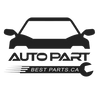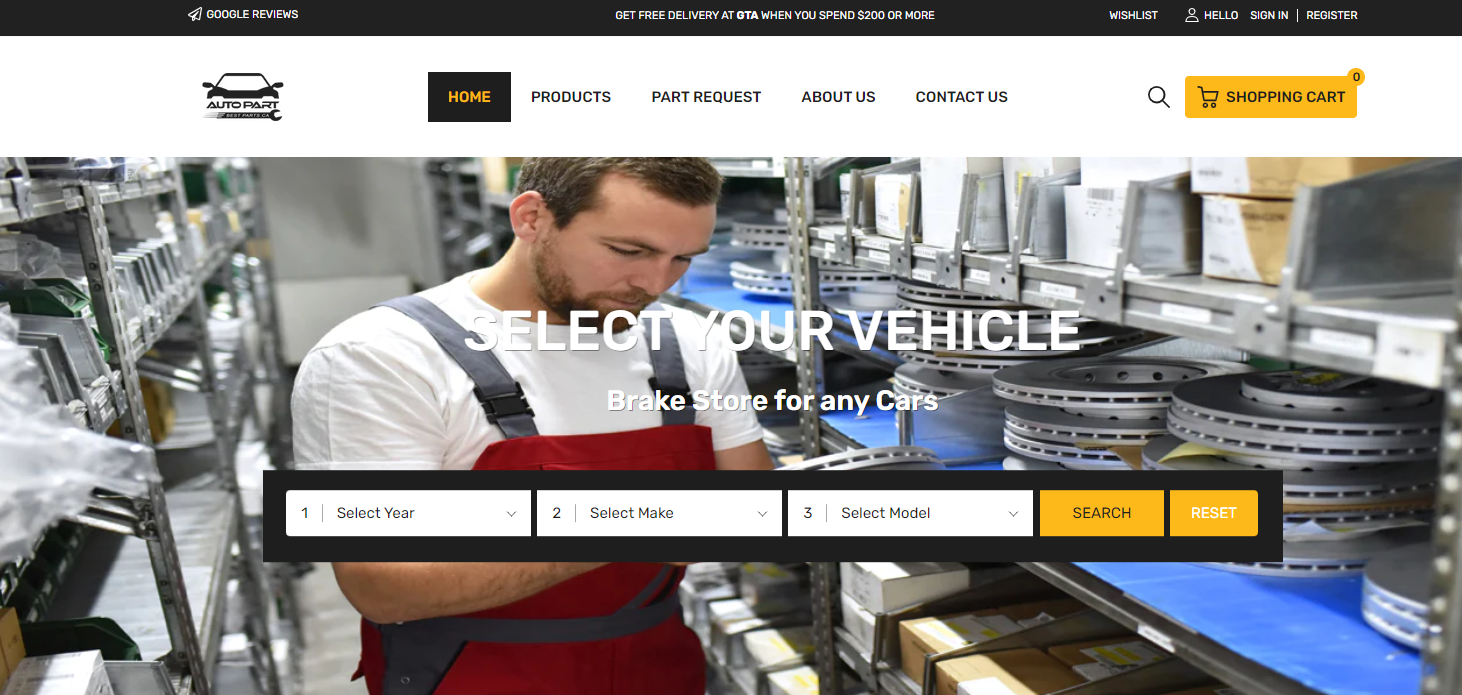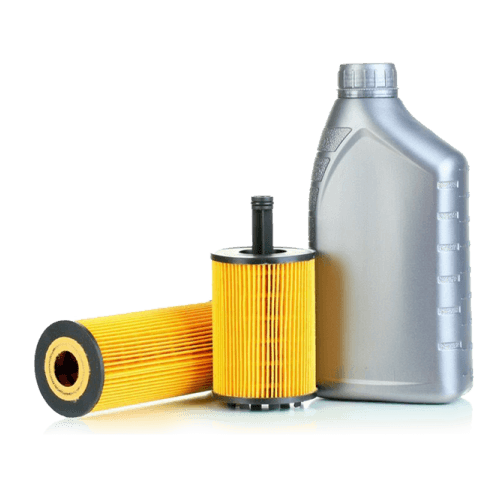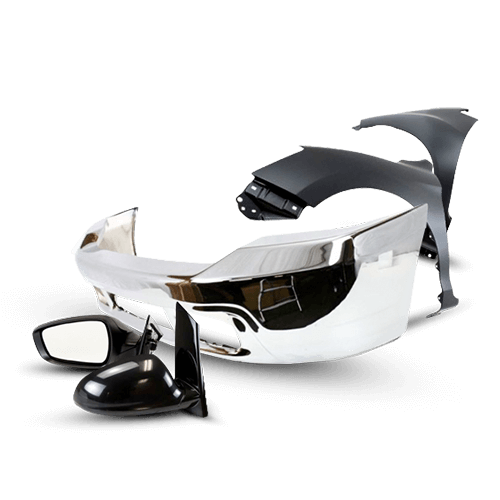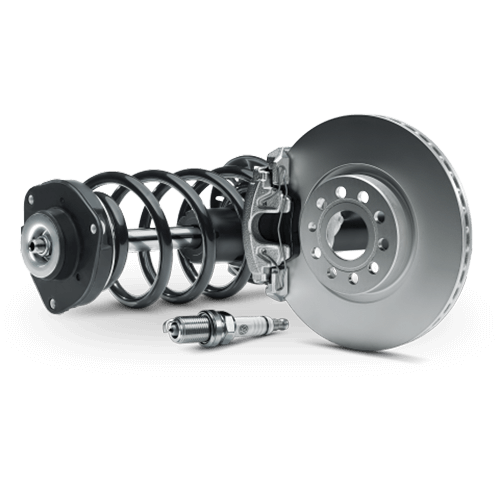
Keeping Your Car Aligned: The Importance of Regular Wheel Alignment
Proper wheel alignment is a crucial aspect of vehicle maintenance that often goes overlooked by many car owners. However, maintaining the correct alignment of your vehicle's wheels can have a significant impact on its performance, safety, and longevity. In this comprehensive blog post, we'll explore the importance of car alignment, the signs that indicate it's time for an adjustment, and the benefits of regular alignment services.
What is Car Alignment?
Car alignment, also known as wheel alignment, refers to the precise adjustment of a vehicle's suspension components to ensure that the wheels are properly positioned relative to each other and the road. This alignment ensures that the wheels are pointing in the correct direction, which is essential for the vehicle to drive straight and handle properly.
Proper alignment is crucial for several reasons:
- Improved Tire Wear: When the wheels are not properly aligned, it can cause uneven tire wear, leading to premature replacement and increased maintenance costs.
- Enhanced Fuel Efficiency: Misaligned wheels create additional rolling resistance, which can result in decreased fuel efficiency and higher fuel consumption.
- Improved Handling and Stability: Correctly aligned wheels provide better steering response, improved cornering, and enhanced overall vehicle stability, making the car safer and more enjoyable to drive.
- Reduced Strain on Suspension Components: Proper alignment helps to distribute the weight of the vehicle evenly across the suspension system, reducing the strain on individual components and extending their lifespan.
Signs Your Car Needs Alignment
Recognizing the signs that your car's alignment is off is the first step in addressing the issue. Here are some common indicators that it's time for an alignment service:
- Uneven Tire Wear: If you notice that your tires are wearing down unevenly, with one side of the tire wearing faster than the other, it's a clear sign that your alignment is off.
- Vehicle Pulling to One Side: If your car seems to "pull" to the left or right while driving on a straight road, it's a strong indication that the alignment needs to be adjusted.
- Steering Wheel Off-Center: If the steering wheel is not centered when the car is driving straight, it's a sign that the alignment needs to be checked and corrected.
Types of Alignment
There are two main types of wheel alignment:
- Front-End Alignment: This type of alignment focuses on the front wheels, adjusting the camber, caster, and toe angles to ensure proper tracking and steering.
- Four-Wheel Alignment: This more comprehensive alignment service addresses all four wheels, ensuring that the entire vehicle is properly aligned and balanced.
Depending on the specific make and model of your vehicle, as well as the driving conditions and any recent suspension modifications, your car may require a front-end or a four-wheel alignment.
The Alignment Process
The process of aligning a vehicle's wheels involves several steps:
- Measuring Current Alignment Angles: The technician will use specialized equipment to measure the current alignment angles of the vehicle, including camber, caster, and toe.
- Adjusting Suspension Components: Based on the measurements, the technician will make adjustments to the vehicle's suspension components, such as the control arms, tie rods, and ball joints, to bring the alignment back to the manufacturer's specifications.
- Fine-Tuning Alignment Settings: The technician will make final adjustments to ensure that all alignment angles are within the recommended tolerances, providing optimal performance and handling.
Frequency of Alignment
The recommended frequency for wheel alignment services can vary depending on several factors:
- Manufacturer Recommendations: Most vehicle manufacturers provide guidelines on the recommended alignment service intervals, which can range from every 12 months or 12,000 miles to every 24 months or 24,000 miles.
- Driving Conditions: Vehicles that are driven in harsh conditions, such as off-road, on rough roads, or in heavy traffic, may require more frequent alignment checks and adjustments.
- Vehicle Age and Mileage: Older vehicles or those with higher mileage may require more frequent alignment services as the suspension components wear over time.
- Suspension Modifications: If you've made any modifications to your vehicle's suspension, such as installing larger tires or a lift kit, it's important to have the alignment checked and adjusted accordingly.
Benefits of Regular Alignment
Maintaining proper wheel alignment offers numerous benefits for your vehicle:
- Improved Tire Longevity: Correctly aligned wheels distribute the vehicle's weight evenly across the tires, reducing uneven wear and extending the life of your tires.
- Better Fuel Efficiency: Properly aligned wheels create less rolling resistance, which can lead to improved fuel economy and reduced fuel consumption.
- Enhanced Vehicle Safety and Handling: Correct alignment ensures that your vehicle tracks straight and responds predictably to steering inputs, improving overall safety and driving dynamics.
Alignment and Other Car Systems
Wheel alignment is closely related to other critical vehicle systems, such as the suspension and brakes. Proper alignment helps to ensure that these systems function as intended, providing a smooth and safe driving experience.
- Suspension Parts: The suspension components, such as control arms, ball joints, and tie rods, play a crucial role in maintaining proper wheel alignment. Worn or damaged suspension parts can contribute to misalignment and should be addressed promptly.
- Brake System: Correct wheel alignment helps to ensure that the brake system operates efficiently, as misaligned wheels can cause uneven brake pad wear and affect braking performance.
DIY vs. Professional Alignment
While some car owners may be tempted to attempt a DIY wheel alignment, it's generally recommended to have this service performed by a professional technician. Here's why:
- Limitations of DIY Alignment: Performing a proper wheel alignment requires specialized equipment, such as alignment racks and computerized diagnostic tools, which may not be readily available to the average car owner.
- Advantages of Professional Service: Professional mechanics have the expertise, experience, and tools necessary to accurately measure and adjust the alignment of your vehicle, ensuring that it meets the manufacturer's specifications.
Choosing Quality Parts for Alignment-Related Repairs
When it comes to maintaining proper wheel alignment, using high-quality replacement parts is essential. Bestparts.ca is a reliable source for top-quality aftermarket auto parts in Canada, offering a wide selection of suspension components, brake parts, and other alignment-related products at competitive prices.
By investing in quality parts from Bestparts.ca, you can ensure that your vehicle's alignment-related repairs are performed with the best possible components, helping to maintain the integrity of your car's suspension and braking systems.
Conclusion
Proper wheel alignment is a critical aspect of vehicle maintenance that should not be overlooked. By understanding the importance of car alignment, recognizing the signs that it's time for an adjustment, and taking advantage of professional alignment services, you can ensure that your vehicle operates safely, efficiently, and with optimal performance. Remember to choose quality parts from trusted sources like Bestparts.ca to keep your car in top condition and on the road for years to come.
